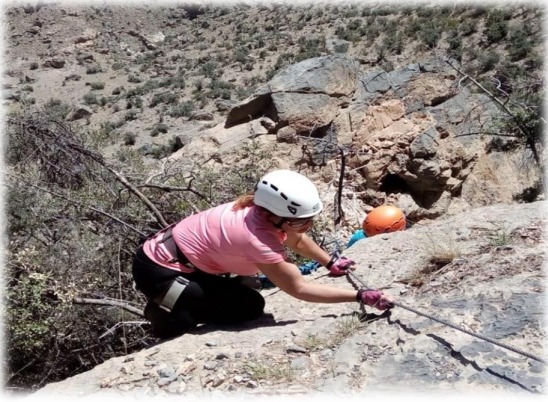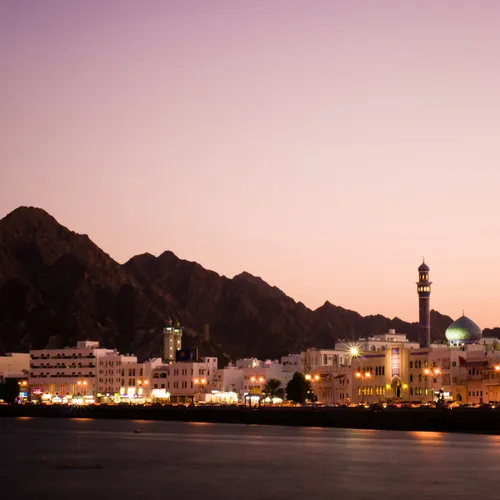During September and October, bright green and pink pomegranates are seen everywhere in Jabal Al Akhdar which is moored high up in Oman’s central Hajar mountain range. For this reason, coupled with breath-taking views offered by the mountaintop, locals, expats and tourists from all over the world find it worth visiting this spectacular mountain In region in September as it is the peak season for pomegranates. During this time, Jabal Al Akhdar transforms into a fruit paradise with the full-blown goodness of luscious fruits: such as pomegranates, grapes, strawberries, raspberries, pears, apricots, plums, peaches, figs, walnuts and almonds. But it is the pomegranate which stands tall among other fruits. It is also the most valuable source of income for farmers in these mountains. “Farmers start caring for the trees from January and in May they irrigate it about five to seven times until the end of September









